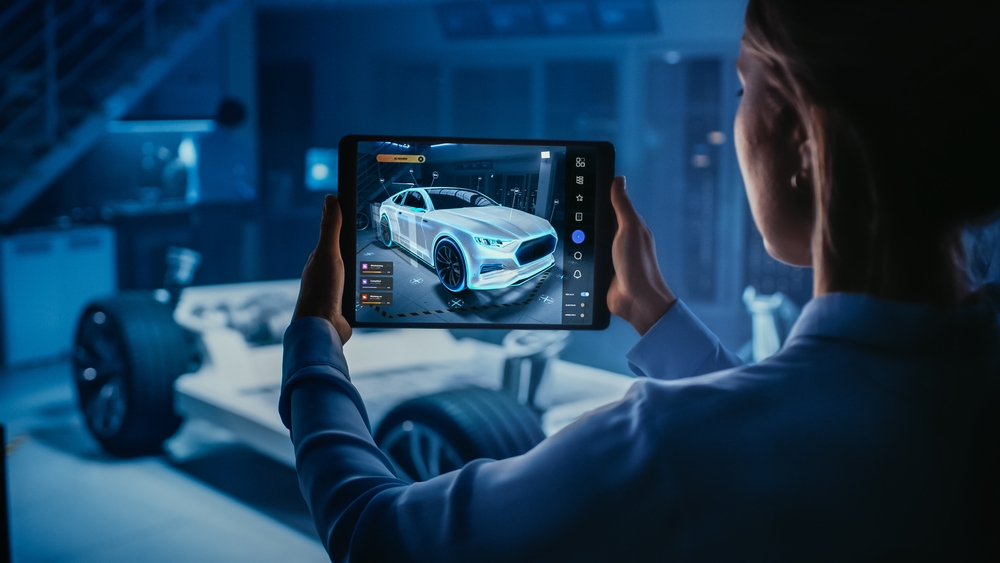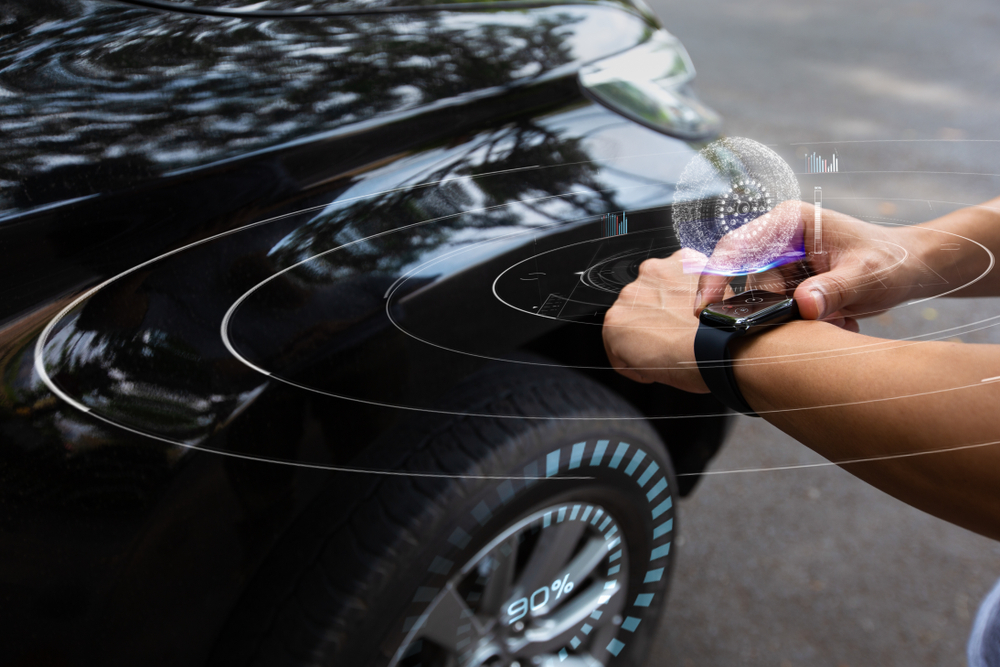As automotive technology continues to advance, the integration of artificial intelligence (AI) with search technology is unlocking new possibilities for personalized car recommendations. This innovative approach leverages contextual awareness to deliver hyper-relevant suggestions based on real-time data, user behavior, and environmental factors. Discover how this cutting-edge fusion is transforming the way consumers find and interact with vehicles, offering a more intuitive and customized car-buying experience.
Contextual AI Search Algorithms: Understanding the Driving Environment
Contextual AI search algorithms analyze the driving environment to provide personalized car recommendations. By integrating real-time data from weather conditions, traffic patterns, and local events, these algorithms can suggest vehicles that are best suited to current driving needs. For example, in inclement weather, the system might recommend vehicles with advanced all-wheel drive or safety features, enhancing the relevance of search results.

Dynamic User Profiles: Adapting Recommendations Based on Behavioral Patterns
Dynamic user profiles leverage AI to adapt car recommendations based on evolving behavioral patterns. By continuously monitoring user preferences, search history, and driving habits, these profiles refine vehicle suggestions over time. This personalization ensures that recommendations align with the user’s changing needs, such as transitioning from a compact car for city driving to an SUV for family vacations.
Real-Time Integration with Smart Home Devices: Seamlessly Coordinating Vehicle Preferences
Integration with smart home devices enhances automotive search technology by aligning vehicle recommendations with home-based data. For instance, if a user’s smart thermostat indicates a preference for a particular climate setting, the system can suggest vehicles with climate control features that match this preference. This seamless coordination between home and vehicle preferences offers a more holistic approach to car recommendations.
Predictive Search Capabilities: Anticipating Future Vehicle Needs
Predictive search capabilities use AI to forecast future vehicle needs based on user behavior and external trends. By analyzing historical data and emerging automotive trends, these systems can anticipate the user’s future requirements and provide proactive recommendations. For instance, if a user frequently searches for electric vehicle options, the system might suggest upcoming models or advancements in electric vehicle technology.

Emotional and Psychological Profiling: Tailoring Recommendations to User Sentiment
Emotional and psychological profiling techniques analyze user sentiment to tailor car recommendations to individual emotional states. By evaluating factors such as recent life changes, stress levels, and personal preferences, AI can suggest vehicles that align with the user’s current emotional needs. For example, a user experiencing a major life event might receive recommendations for vehicles that offer comfort and luxury features.
Geo-Fencing and Location-Based Suggestions: Personalizing Options by Locale
Geo-fencing technology enables location-based suggestions by providing car recommendations based on the user’s geographical area. This approach takes into account local driving conditions, such as urban congestion or rural terrain, to suggest vehicles that are well-suited to the area. For example, a user located in a mountainous region might receive recommendations for vehicles with superior handling and off-road capabilities.
Integration with Augmented Reality (AR): Enhancing Vehicle Discovery Through Immersive Experiences
Augmented Reality (AR) integration enhances the search experience by overlaying vehicle information and recommendations onto the real world. Using AR-enabled devices, users can visualize how different vehicles fit into their environment, view real-time data on vehicle features, and interact with virtual models. This immersive approach allows users to explore car options in a more engaging and interactive manner.

Social Media Analysis: Leveraging Online Interactions for Customized Recommendations
AI-powered social media analysis tools examine online interactions and trends to inform car recommendations. By analyzing user posts, likes, and shared content, these tools can identify vehicle preferences and lifestyle factors that influence recommendation accuracy. For example, if a user frequently engages with posts about luxury vehicles, the system might prioritize recommendations for high-end models.
Voice-Activated Search with Contextual Awareness: Enhancing Search Through Conversational AI
Voice-activated search systems with contextual awareness use conversational AI to provide personalized car recommendations based on spoken queries and context. By understanding the user’s intent and incorporating real-time context, these systems deliver more accurate and relevant suggestions. For instance, a user asking about “family-friendly SUVs” might receive tailored recommendations that consider their current location and family size.
Integration with Wearable Technology: Personalizing Recommendations Based on Health Metrics
Integration with wearable technology enables personalized car recommendations based on health metrics collected from devices like smartwatches. By analyzing data such as stress levels, activity patterns, and overall wellness, AI can suggest vehicles that offer features aligned with the user’s health needs. For example, a user with high stress levels might receive recommendations for vehicles with advanced comfort and relaxation features.

AI-Driven Financial Modeling: Recommending Vehicles Based on Financial Health
AI-driven financial modeling assesses a user’s financial health to recommend vehicles that fit within their budget. By analyzing income, expenses, and financial goals, these systems provide suggestions that align with the user’s economic situation. For instance, if a user’s financial profile indicates a preference for cost-effective options, the system might prioritize recommendations for vehicles with lower ownership costs and fuel efficiency.
Conclusion
The integration of AI and search technology is redefining the car-buying experience by providing highly personalized and contextually aware recommendations. From contextual AI search algorithms and predictive capabilities to emotional profiling and AR-enhanced discovery, these innovations are creating a more intuitive and customized approach to vehicle selection. As technology continues to evolve, the synergy between AI and search will offer even greater insights and precision, revolutionizing how we find and interact with our next vehicle.

